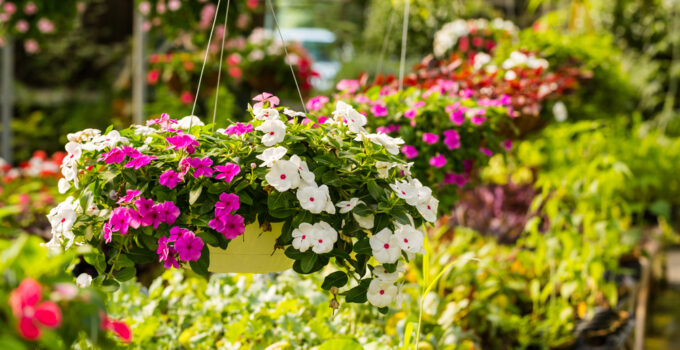Key Takeaways:
- Companion planting involves selecting plant combinations that benefit each other when grown together.
- This method can enhance growth, reduce pests, and improve overall garden health.
- Understanding which plants thrive together can lead to a more productive and healthier nursery.
Page Contents
Understanding Companion Planting
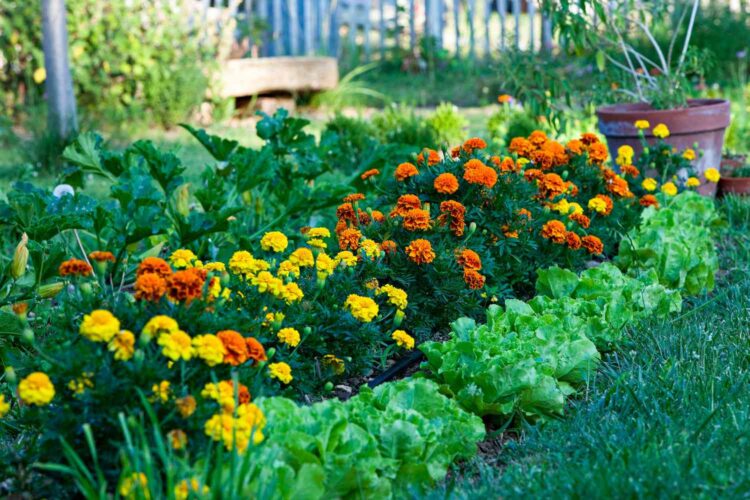
Source: marthastewart.com
Companion planting is an agricultural technique that involves growing certain plants together to enhance their growth and maximize garden health. By understanding plant relationships, you can create a thriving garden ecosystem. If you need help figuring out where to start, an online plant nursery can provide valuable resources and plant recommendations tailored to companion planting principles.
Benefits of Companion Planting
Companion planting offers numerous benefits, including pest control, improved soil fertility, and enhanced growth. For instance, some plants release chemicals that repel harmful insects, protecting their neighbors from pests. Others, like legumes, fix nitrogen in the soil, enriching it for other plants. Additionally, the diverse plantings create a habitat for beneficial insects, fostering a balanced garden ecosystem. According to research by the University of Arkansas, companion planting can significantly improve crop yields and reduce the need for chemical interventions.
Successful Companion Pairings
Tomatoes and Basil
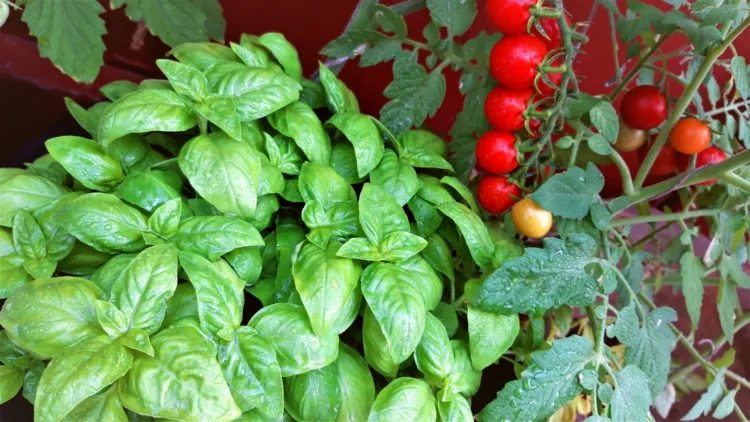
Source: epicgardening.com
Tomatoes and basil are classic companion planting duos. Basil enhances the flavor of tomatoes and repels pests like aphids and hornworms, providing natural protection for the tomatoes.
Carrots and Onions
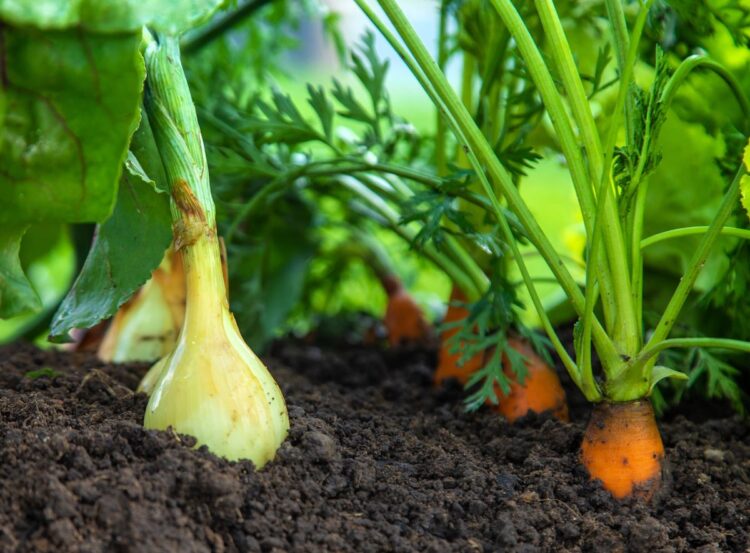
Source: livingetc.com
Carrots and onions are another successful pairing. Onions release a strong odor that deters many pests that typically target carrots. Similarly, carrots aerate the soil, allowing onions to grow better.
Beans and Corn

Source: theplanninglady.com
The traditional “Three Sisters” planting of beans, corn, and squash is a time-tested example of companion planting. Beans fix nitrogen in the soil, corn provides a structure for beans to climb, and squash covers the ground, reducing weeds.
How to Implement Companion Planting
To implement companion planting successfully:
- Start by researching which plants work well together.
- Create a garden plan that strategically places these plants to maximize their benefits.
- Rotate crops annually to prevent soil depletion and pest buildup.
- For more detailed planning, consider using tools and resources available from organizations.
- Keep detailed records of what you plant and where, as this will help you refine your approach over time.
Common Mistakes to Avoid
Even experienced gardeners can make mistakes when planting companions. One common error is planting incompatible species together, which can hinder growth. Avoid overcrowding plants, as this can lead to competition for nutrients and light. Be mindful of each plant’s specific needs, such as sunlight and water requirements, to ensure they don’t compete adversely. Finally, avoid relying solely on companion planting for pest control; integrate it with other organic gardening practices for the best results.
Conclusion
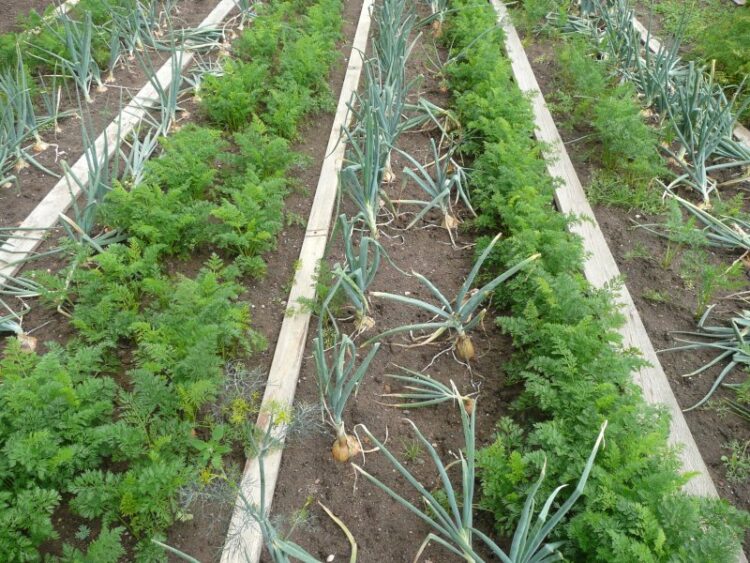
Source: en.wikipedia.org
Companion planting is a valuable technique that can transform your garden into a thriving, balanced ecosystem. By selecting plants that support each other, you can enhance growth, reduce pests, and improve soil health. Explore resources at an online plant nursery and learn more about successful plant pairings. With careful planning and implementation, you can enjoy a healthier, more productive garden that benefits your plants and the environment.

